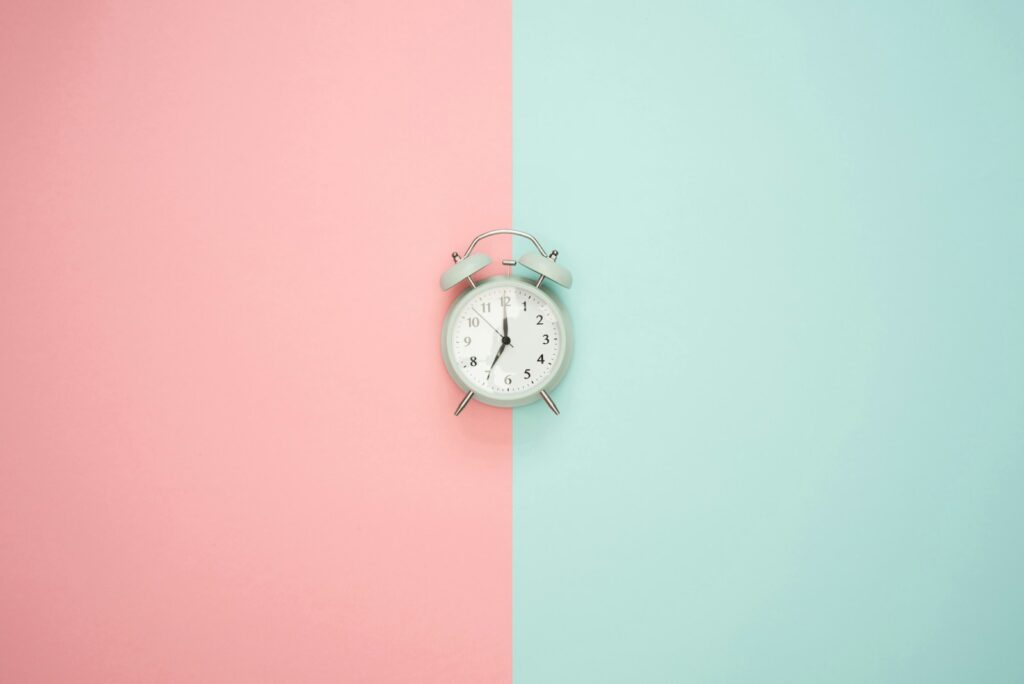Table of Contents
We all have them—those nagging habits we wish we could shake. Maybe it’s the late-night snacking, scrolling social media for hours, or procrastinating on important tasks. Bad habits feel frustrating because they seem to have a mind of their own, quietly taking over our time and energy.
But here’s the good news: habits are malleable. With the right approach, you can turn bad habits into good habits, creating a routine that aligns with your goals and values. Change doesn’t happen overnight, but it can happen—one mindful step at a time.

1. Identify the Root of Your Habit
Every habit, good or bad, exists for a reason. Bad habits often fill a need—whether it’s stress relief, boredom, or avoiding discomfort. Before you can change a habit, you need to understand what’s driving it.
Ask yourself:
- When does this habit happen?
- What triggers it?
- What need is it fulfilling?
For example, if you snack late at night, the root cause might be stress or simply not eating enough during the day. Identifying the “why” behind your habit is the first step to breaking its grip.
2. Start Small, Not Perfect
One of the biggest mistakes in habit change is trying to overhaul your life all at once. Instead of aiming for perfection, focus on small, consistent steps.
For instance:
- If you want to stop scrolling your phone before bed, start by putting it away 15 minutes earlier.
- If you want to exercise more, commit to just 5–10 minutes a day.
Small changes are easier to sustain and build momentum over time.
3. Replace, Don’t Erase
Habits are hard to break because they create neurological pathways in your brain. Instead of trying to “erase” a bad habit, replace it with a better one that fulfills the same need.
For example:
- Swap late-night snacking with a relaxing cup of herbal tea.
- Replace the urge to scroll your phone with reading a book or journaling.
By substituting a positive behavior, you’re rewiring your brain while still addressing the underlying trigger.

4. Make Good Habits Easy and Bad Habits Hard
Your environment plays a huge role in shaping your habits. Make it easier to stick to good habits by reducing friction, and harder to fall into bad ones by adding obstacles.
- Good Habit Example: Lay out your workout clothes the night before to make exercising easier.
- Bad Habit Example: Remove junk food from your house to make unhealthy snacking less accessible.
The less effort it takes to follow through, the more likely you are to succeed.
5. Use Rewards to Reinforce Change
Positive reinforcement is a powerful motivator. Rewarding yourself for small wins helps solidify new habits and makes the process more enjoyable.
For example:
- Treat yourself to a favorite podcast during workouts.
- Save up for something special with money you’ve avoided spending on bad habits.
The key is to make the reward immediate and meaningful, so your brain associates the new habit with a positive experience.
6. Track Your Progress
Tracking your habits keeps you accountable and gives you a sense of accomplishment. Use a journal, app, or even a simple checklist to record your progress.
- Write down when and how often you complete your good habit.
- Celebrate streaks, but don’t beat yourself up for missed days—focus on consistency over perfection.
Seeing your progress can be incredibly motivating and helps you stay on track.
7. Be Patient and Persistent
Changing habits takes time. Studies show it can take anywhere from 18 to 254 days to form a new habit, depending on its complexity. Don’t get discouraged by setbacks—they’re a normal part of the process.
Remember:
- Focus on progress, not perfection.
- Treat each day as a fresh opportunity to start again.
Over time, the effort you put in will lead to lasting change.

Why It’s Worth It
Turning bad habits into good habits isn’t just about self-improvement—it’s about reclaiming your time, energy, and sense of purpose. Each small change you make creates a ripple effect, bringing you closer to the person you want to be.
So, take it one step at a time. Focus on one habit to shift, and let the rest follow naturally. With patience, persistence, and the right strategies, you can turn even the most stubborn habits into positive ones—and transform your daily life in the process.





